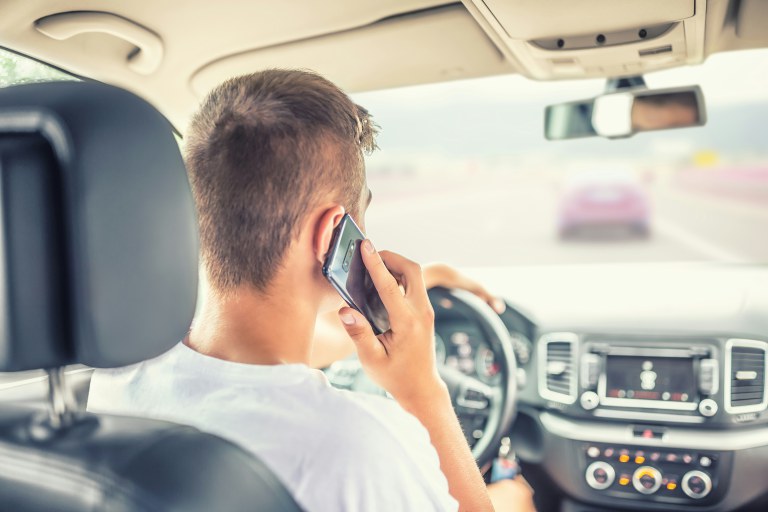D.C. turns to tech to bring down distracted driving; rates drop 45% (WUSA9)
Shift into Safe News
Over the last few years, Washington, D.C., has seen an above-average amount of deadly car crashes, more than 50 in both 2023 and 2024, according to the D.C. Highway Safety Office. It’s part of the reason the District turned to tech to help make the streets safer. A year ago, the Highway Safety Office piloted a unique program: smart signs. Infrared technology that captured drivers on their phones and a sign that told them: "Put it down."
“Based upon our studies, we found that about one in three drivers was using their cellphone when they were behind the wheel,” Rick Birt, deputy mayor for D.C.’s Highway Safety Office said.
Several smart signs were deployed across the city to high traffic crash areas. Most recently, D.C. did a trial run on North Capitol Street and New York Avenue.
“Our safety corridors are an opportunity to combine in-person enforcement (police officers), new technologies (like smart signs), education and digital marketing to really bring together all the tools in our toolbox,” Birt said.

How did they do?
Let’s take the New York Avenue safety corridor. Over a 57-day stretch, they caught more than 30,000 distracted drivers. But, by combining the smart signs with added enforcement and signage, the daily numbers dropped by 45% at the end of the two-month period.
“We're still doing enforcement on those two segments,” Birt said. “We're expanding it to see how much ground we can cover.”
Distracted driving detectors don’t issue fines, but if an officer catches you, it’s a $100 fine. Speed cameras will stay on New York and North Capitol, but the distracted driving detector moves to a mile stretch of Rhode Island Avenue Northeast.
Will this make an impact?
A full year of the programs and implementation will have to be tested, but Birt pointed out there have only been five traffic fatalities this year, so far. Already projecting better than the past two years. New tech, D.C. hopes, drives to a safer future. Read D.C. turns to tech to bring down distracted driving; rates drop 45% to learn more.
